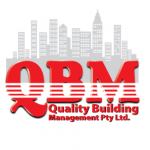Think you may have asbestos in your home?
Asbestos was used extensively for different applications in the housing industry before the 1980s. Some homes built during this period are now being renovated or demolished. If the necessary control and safety measures are not implemented, both homeowners and contractors run the risk of being exposed to the deadly fibres.
Sadly, many people continue to be exposed to airborne asbestos fibres, despite legislative steps to ban the use, import, and export of the mineral. Part of this problem is due to the fact that some Australians know that asbestos exists, but do not know where to find it and how to protect themselves from asbestos exposure. Do you have asbestos in your home?
How Can You Protect Yourself
If your home was built before the 1990s, then extreme care has to be exercised when handling suspected asbestos-containing materials (ACMs). However, even if your home was constructed after 1990, there still is a possibility that you may have asbestos in your home. ![]()
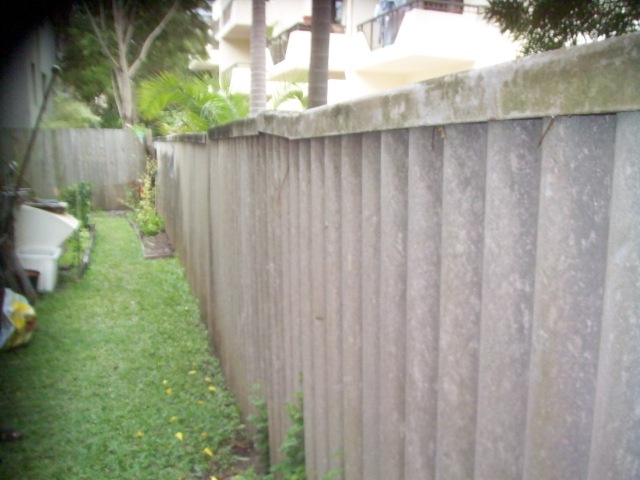 |
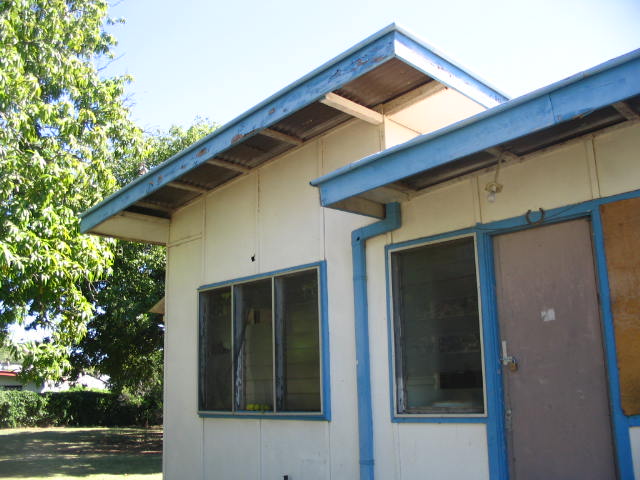 |
 |
| Super 6 asbestos cement fencing | Asbestos cement external wall sheeting | Asbestos felt under sink drainer |
 |
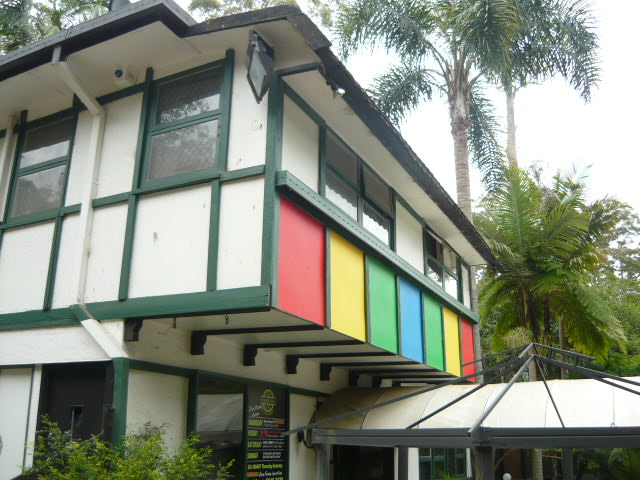 |
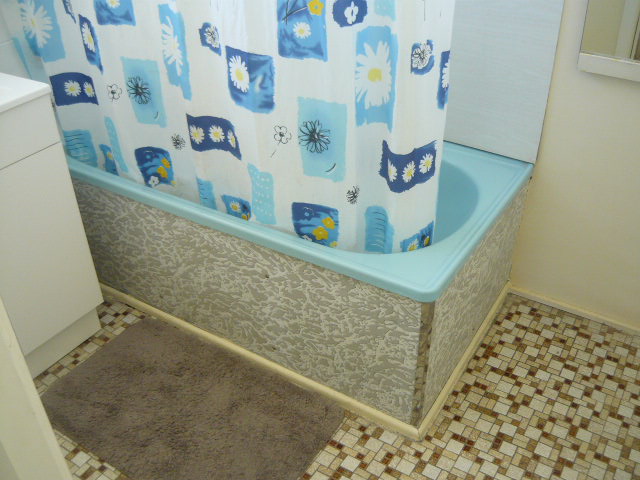 |
| Super 6 asbestos cement fencing | Asbestos cement external wall sheeting | Asbestos tilux wall sheeting to bathroom |
 |
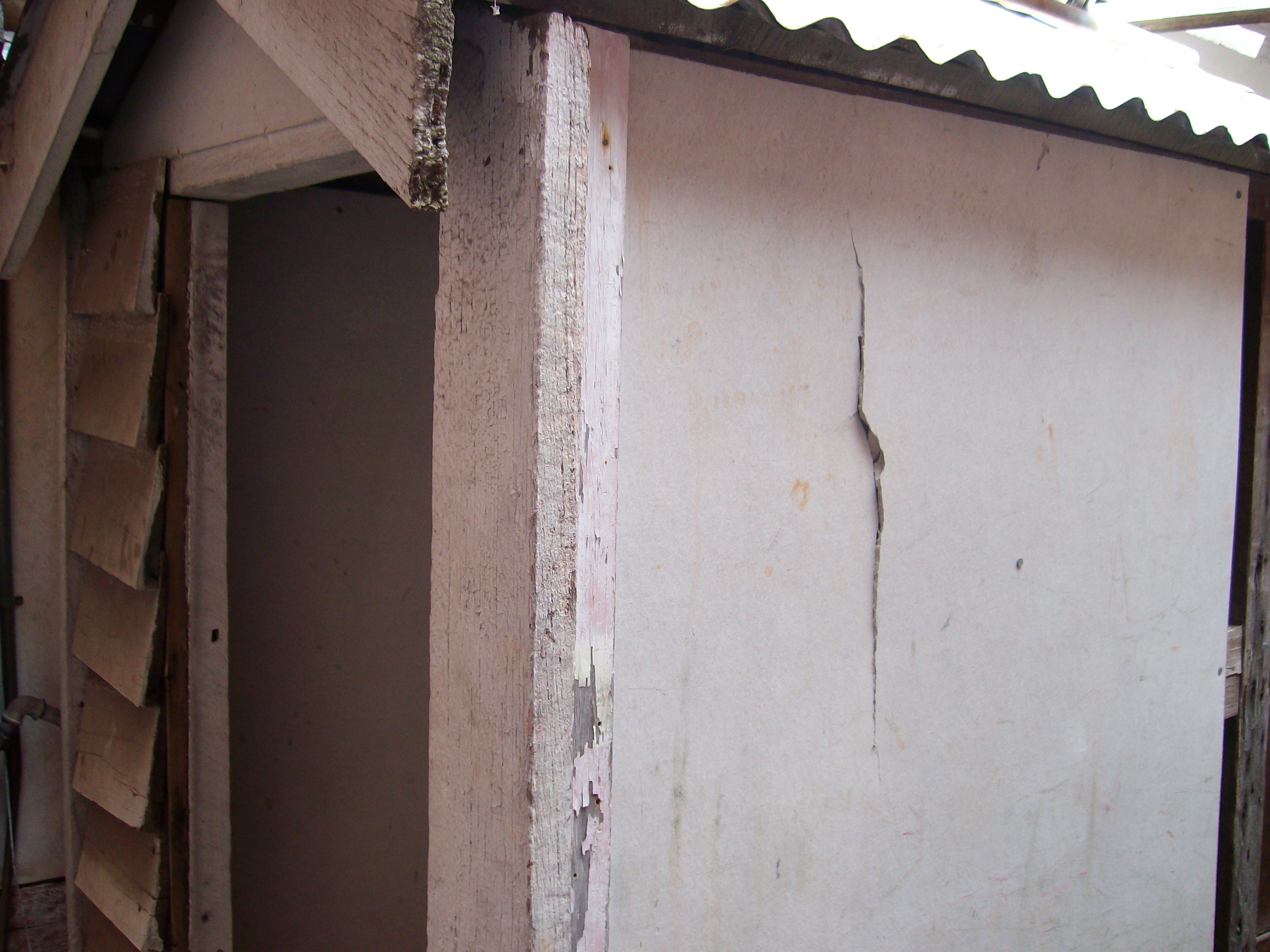 |
 |
| Asbestos cement sheeting to gable ends to building | Asbestos cement external wall sheeting | Asbestos tilux wall sheeting to bathroom |
Some of the areas you may find asbestos in your home can include: roofing, shingles, siding, fencing, exterior wall cladding, backing material on floor tiles and vinyl flooring, textured paints, and water or flue pipes. If you are not sure about the aforementioned areas, then it is best to assume that asbestos exists in these locations.
If you have asbestos in your home, you should not handle, remove, or dispose of any ACM unless you have thoroughly read the Safe Work Australia “How to Safely Remove Asbestos” Code of Practice, and then you may only remove less than 10m2.
Only professional asbestos assessors with a Class A license should be contracted to handle friable asbestos. A Class B professional should be contracted to remove non-friable asbestos > 10m2. Under no circumstances should you attempt to remove friable asbestos from your premises without hiring a competent person as defined in the Code.
Did you know that your pets will die in less than 8 years after being exposed to asbestos fibres?

Home Renovation Precautions
You should check with your local government and building department about the need for any possible license before you initiate any renovations. Only non-power hand tools should be used when cutting or perforating asbestos containing materials (ACMs). You may use power tools provided they have the necessary dust suppression extension to collect asbestos fibres. Other important tips to take into consideration include:
- All precautionary steps should be taken to limit the release of airborne asbestos fibres. This can be done by keeping the work area wet
- Do not throw broken pieces of asbestos into the soil—it can easily be contaminated
- Your neighbours should know that you are working with asbestos containing materials (ACMs) and all other people that may come in contact with the premises
- You should use disposable gloves, overalls, safety goggles, and mask
- Special P2 or P3 masks must be used to prevent inhalation of the fibres.
If you think you might have asbestos in your home, then contact Quality Building Management today to have your home assessed for deadly asbestos.

